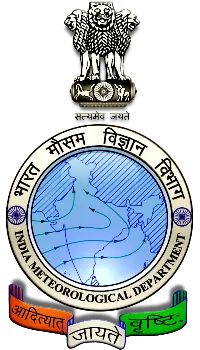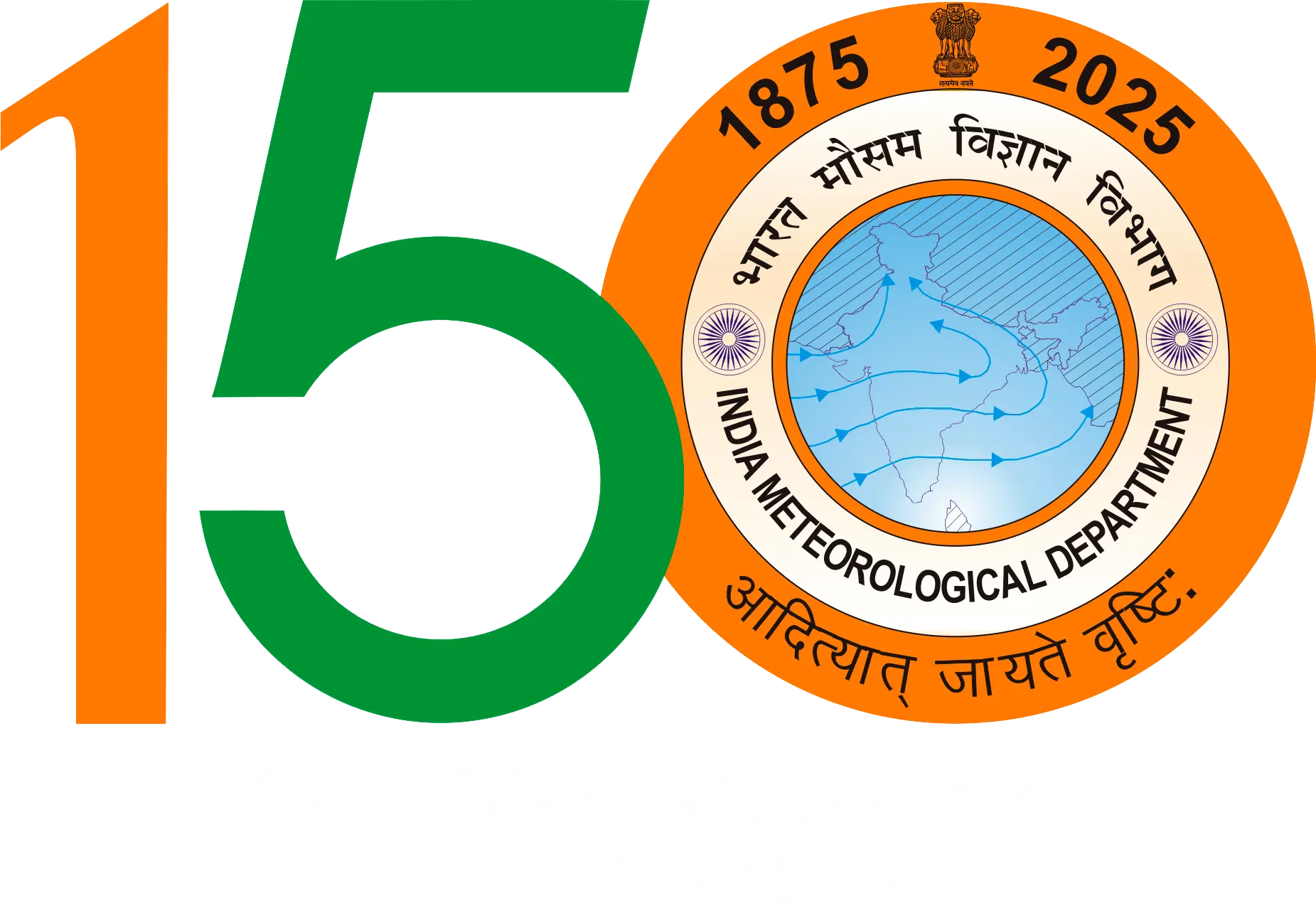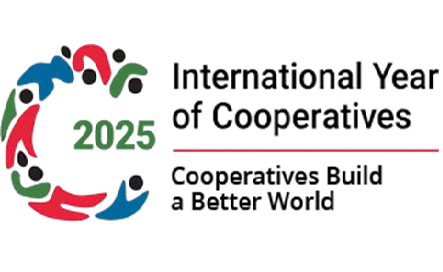History of Meteorological Services in India
The beginnings of meteorology in India can be traced to ancient times. Early philosophical writings of the 3000 B.C. era, such as the Upanishadas, contain serious discussion about the processes of cloud formation and rain and the seasonal cycles caused by the movement of earth round the sun. Varahamihira's classical work, the Brihatsamhita, written around 500 A.D., provides a clear evidence that a deep knowledge of atmospheric processes existed even in those times. It was understood that rains come from the sun (Adityat Jayate Vrishti) and that good rainfall in the rainy season was the key to bountiful agriculture and food for the people. Kautilya's Arthashastra contains records of scientific measurements of rainfall and its application to the country's revenue and relief work. Kalidasa in his epic, 'Meghdoot', written around the seventh century, even mentions the date of onset of the monsoon over central India and traces the path of the monsoon clouds.
Meteorology, as we perceive it now, may be said to have had its firm scientific foundation in the 17th century after the invention of the thermometer and the barometer and the formulation of laws governing the behaviour of atmospheric gases. It was in 1636 that Halley, a British scientist, published his treatise on the Indian summer monsoon, which he attributed to a seasonal reversal of winds due to the differential heating of the Asian land mass and the Indian Ocean.
India is fortunate to have some of the oldest meteorological observatories of the world. The British East India Company established several such stations, for example, those at Calcutta in 1785 and Madras (now Chennai) in 1796 for studying the weather and climate of India. The Asiatic Society of Bengal founded in 1784 at Calcutta, and in 1804 at Bombay (now Mumbai), promoted scientific studies in meteorology in India. Captain Harry Piddington at Calcutta published 40 papers during 1835-1855 in the Journal of the Asiatic Society dealing with tropical storms and coined the word "cyclone", meaning the coil of a snake. In 1842 he published his monumental work on the "Laws of the Storms". In the first half of the 19th century, several observatories began functioning in India under the provincial governments.
A disastrous tropical cyclone struck Calcutta in 1864 and this was followed by failures of the monsoon rains in 1866 and 1871. In the year 1875, the Government of India established the India Meteorological Department, bringing all meteorological work in the country under a central authority. Mr. H. F. Blanford was appointed Meteorological Reporter to the Government of India. The first Director General of Observatories was Sir John Eliot who was appointed in May 1889 at Calcutta headquarters. The headquarters of IMD were later shifted to Shimla, then to Poona (now Pune) and finally to New Delhi.


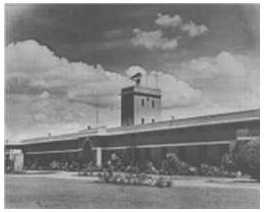
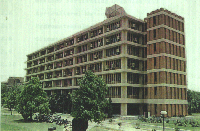
From a modest beginning in 1875, IMD has progressively expanded its infrastructure for meteorological observations, communications, forecasting and weather services and it has achieved a parallel scientific growth. IMD has always used contemporary technology. In the telegraph age, it made extensive use of weather telegrams for collecting observational data and sending warnings. Later IMD became the first organisation in India to have a message switching computer for supporting its global data exchange. One of the first few electronic computers introduced in the country was provided to IMD for scientific applications in meteorology. India was the first developing country in the world to have its own geostationary satellite, INSAT, for continuous weather monitoring of this part of the globe and particularly for cyclone warning.
IMD has continuously ventured into new areas of application and service, and steadily built upon its infra-structure in its history of 140 years. It has simultaneously nurtured the growth of meteorology and atmospheric science in India. Today, meteorology in India is poised at the threshold of an exciting future.

